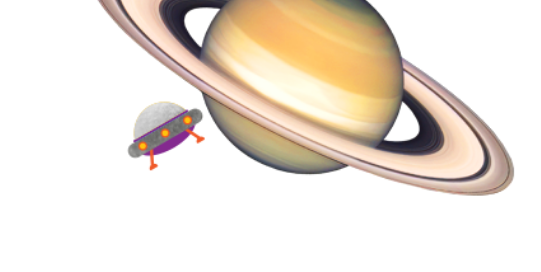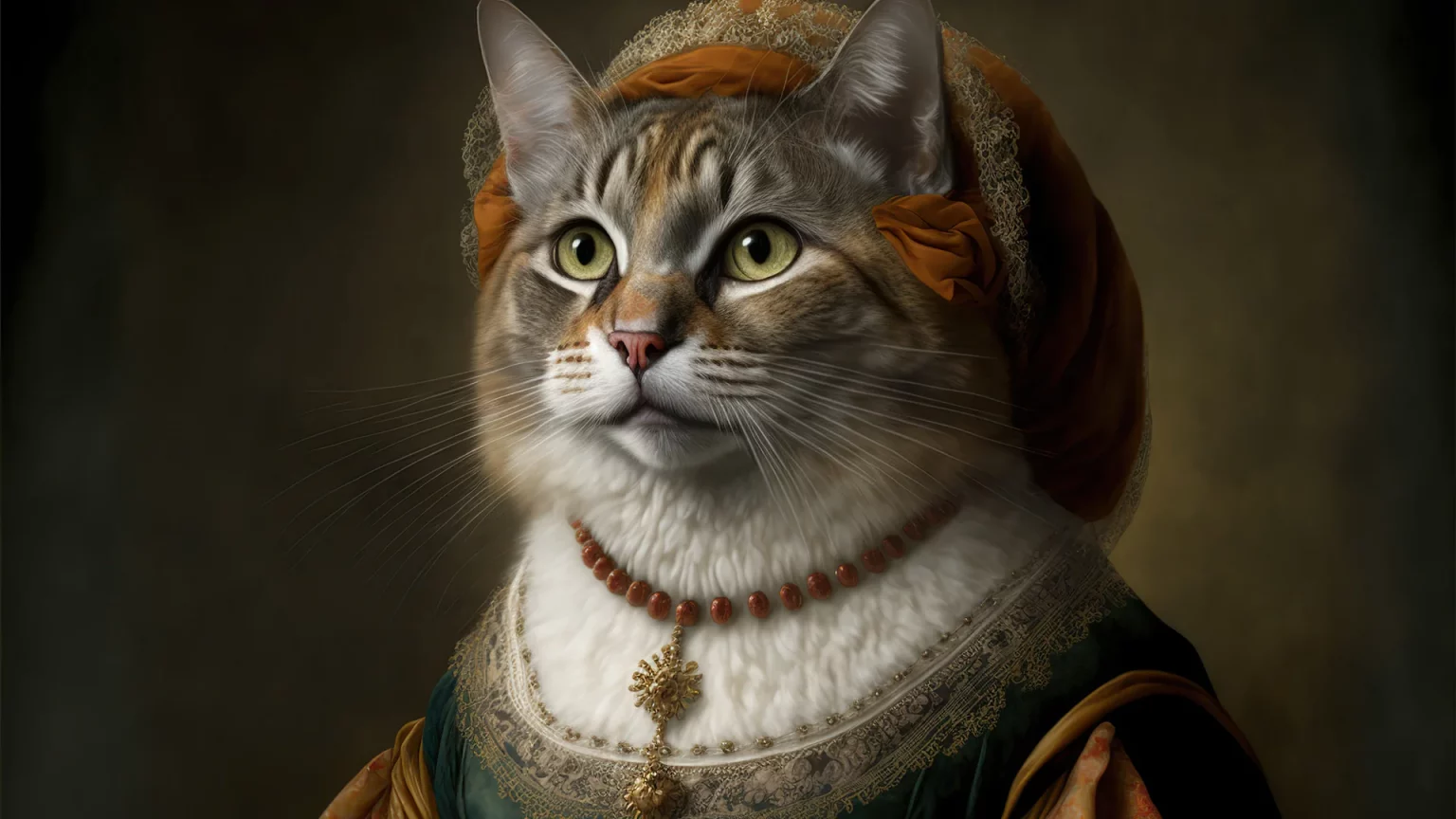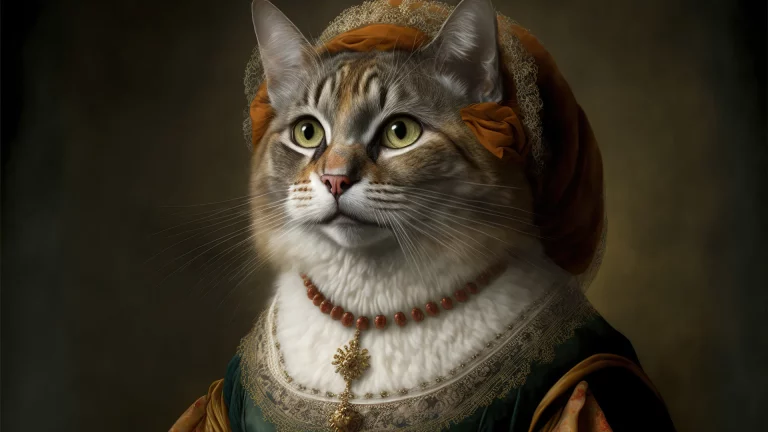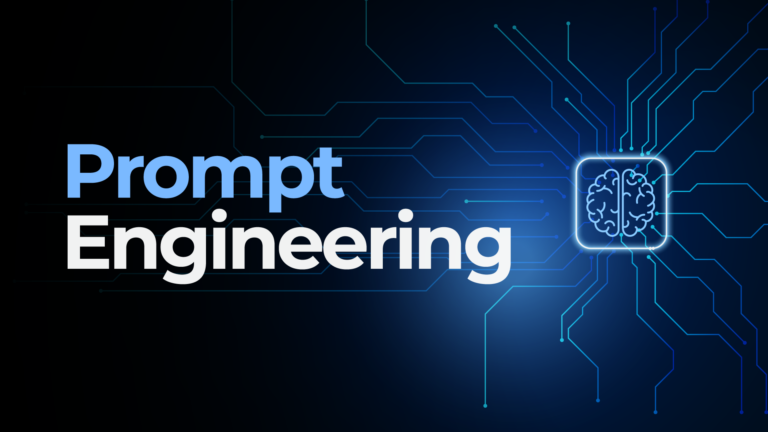It is hard to deny that generative AI has become one of today’s hottest topics. Thanks to the advanced technology that makes generative AI goes beyond a generator tool for us to put a ginger cat inside the famous painting. We are witnessing a time in design history where brands and industries are using it to improve their work process and customer experiences. Sounds great, right?
So, what is generative AI? It is an artificial intelligence (AI) that can generate new and unique content. It can be trained from collected data from millions of resources. Then using complex machine learning models, generate information and content within a split sec!
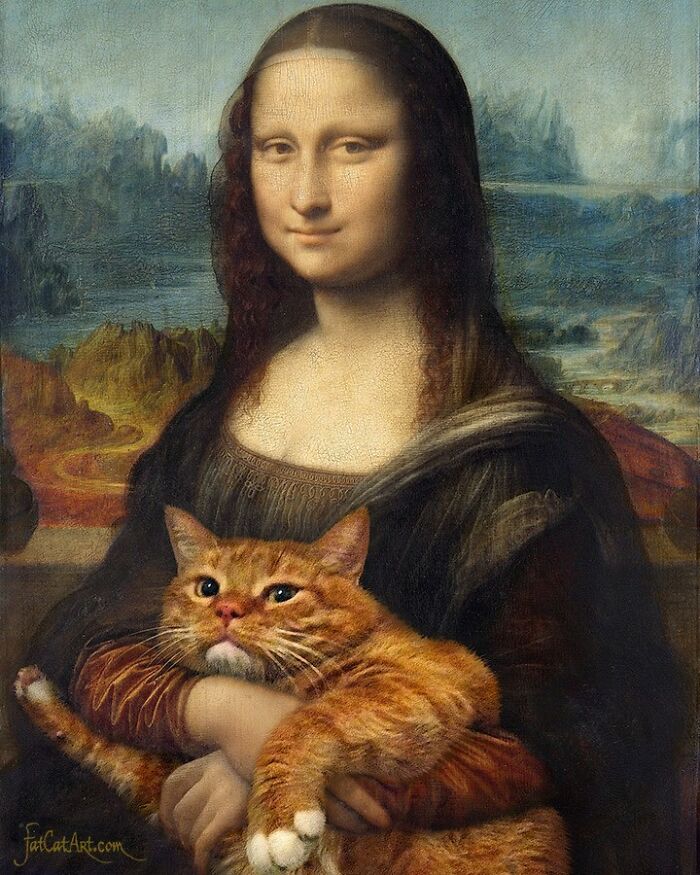
Generative AI in advertising
Let’s talk about one of the most well-known capabilities of generative AI: Text-to-image. In mid-2022, OpenAI launched “DALL-E beta” and made it available and accessible for everyone. The Internet went crazy as millions of people had signed up on the waitlist to have early access to this. Tools like DALL-E or Midjourney can generate shockingly realistic images based on text input. The results are…endless possibilities. Since launch, these platforms have inspire brands and marketers to explore new ways to express themselves to their customers. Take the “Unbottling Martini” campaign, for example.
Martini had used the power of Midjourney to generate stunning representations of 9 Martini serves. They entered keywords of drink ingredients, such as “botanicals”, “floral”, “blossoms”, “flowers”, “artemisia” and “Roman chamomile”. The resulting images then illustrated the flavours in each bottle. Although this experiment sounds great for the brand, I won’t raise the glass to celebrate just yet. Because this also raises potential ethical concerns. Like whether the use of a generative AI for commercial purposes have inadvertently violated copyright issues.
Generative AI in healthcare
In the realm of healthcare, generative AI algorithms can provide synthetic patient data to train machine learning models to recognise and diagnose health issues. It can also help healthcare providers analyse connections between medical conditions and drug efficacy, so as to identify optimal and more personalised treatment plans for patients.
Enlitic, a San Francisco-based deep learning medical diagnostics company, meanwhile uses the power of deep learning to gather data from radiology images. The technology helps them optimise patient outcomes and read cases 21% faster than traditional methods. They also claimed to have another successful study where the technology helped detect malignant lung nodules up to 18 mos. before a biopsy was ordered.
While the above examples show how generative AI can advance the healthcare industry, the algorithms may have a potential to be biased.This could result in discrimination against particular patient groups or unequal treatment access.
In conclusion
Generative AI is certainly a constantly developing technology that brands should keep their eyes on. It may bring some disruption or changes to the current workflow for brands. But disruption can also bring new opportunities and challenges as well. Nevertheless, seductive as it may be, brands must look beyond surface benefits like speed and cost-savings. Instead, they should seek to understand the root of the problem they are facing. And then determine how best to steer its use to assist their tasks meaningfully, accurately and responsibly.

